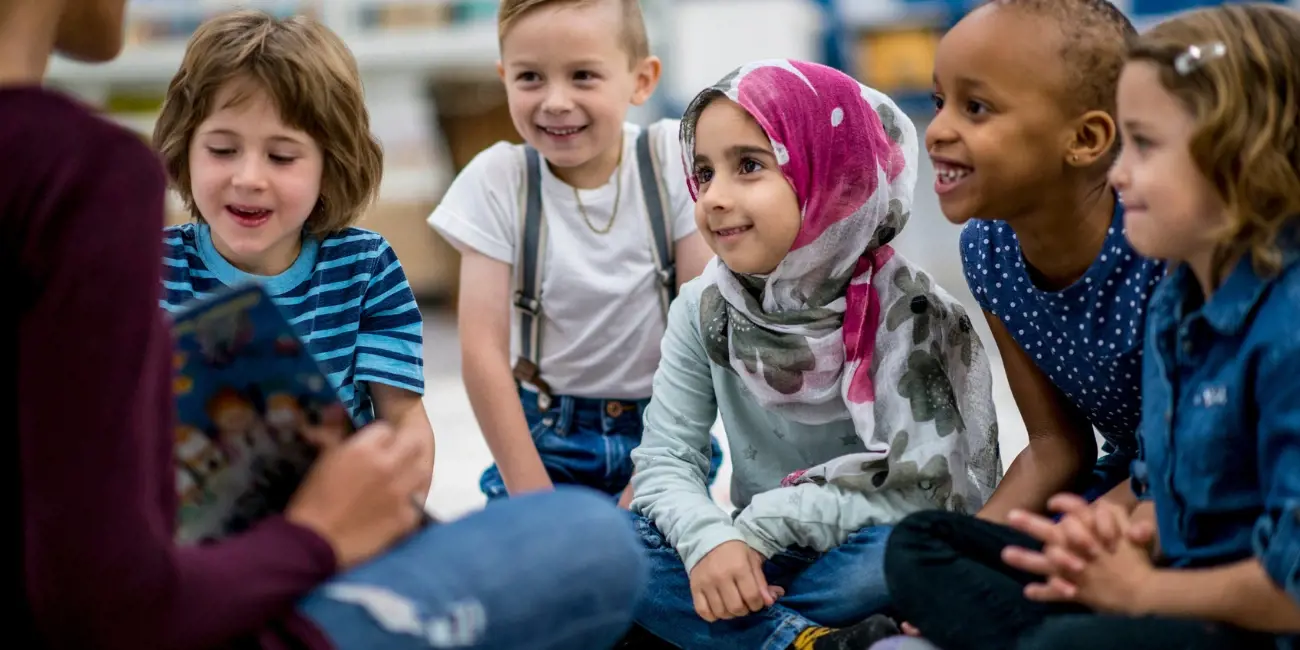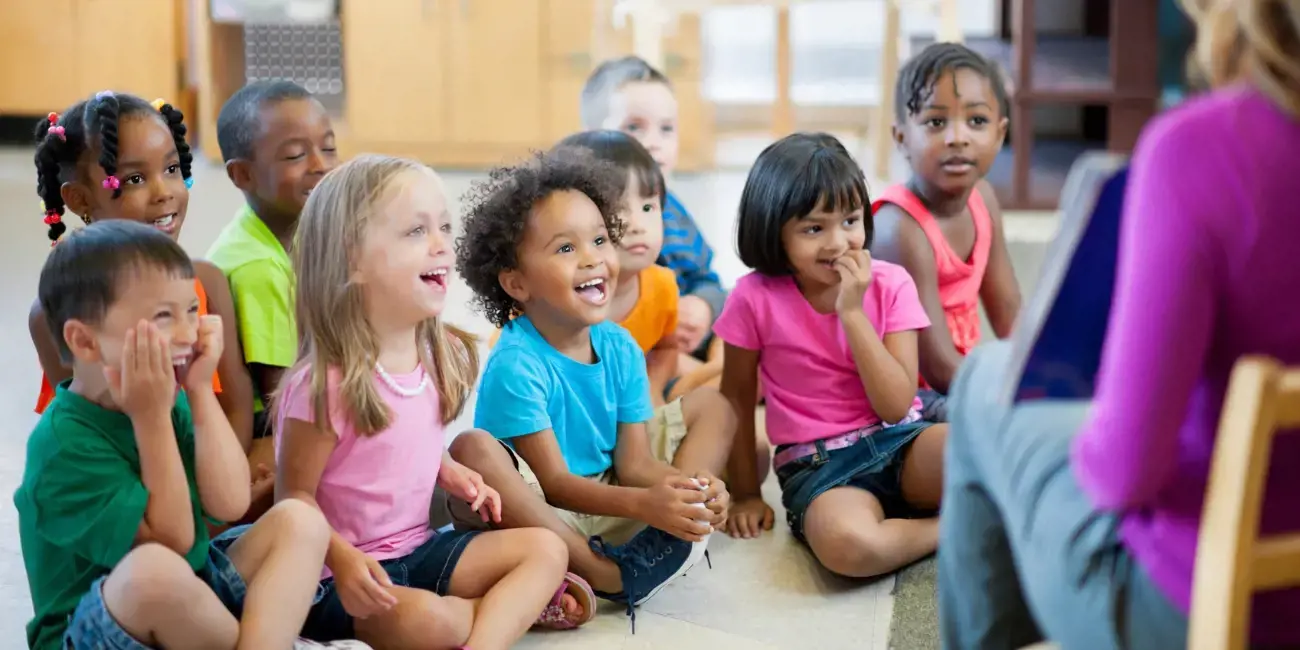As everyone working in early childhood knows, reading aloud is one of the most effective strategies for promoting early literacy and a life-long love for learning among children.
Whether during circle time, in small groups or one-on-one, sharing books with children on a daily basis is an essential and enjoyable part of the day for most early childhood educators. When reading aloud to a group of unruly and rambunctious, but keen listeners, it can be tricky to maintain interest and attention for the duration of a book.
We've done some research and have some ideas to make your reading sessions rewarding and fun for both the children, educators and parents at home.
Let the children choose the book
Much like letting children choose their meals has them more inclined to eat, involving children in book selection will ensure they have a vested interest in the book. If you have a particular theme in mind then offer a curated selection of books. Some books are just made to be read out loud, a few that immediately spring to mind are:
- We're Going on a Bear Hunt
- Where the Wild Things Are
- Where's the Green Sheep?
- Diary of a Wombat
Build anticipation
After you've chosen a book, gather in a comfy corner and talk about it for a few moments. Take an in depth look at the front cover of the book. Ask who has read it already, who hasn't, what it might be about based on the cover illustrations. Discuss who the author is and whether you know any of their other books - this will have children excited about other titles that have previously been their favourite. Holding conversations like this will whet the children's appetite and help them concentrate on the book when you start reading.
Watch how you hold the book
Make sure all the eyes in your little band of listeners can see the pictures in the book as well as your face. Rather than holding the book open and reading upside down or on a funny angle, you may prefer to read the page and then open it up to show the children the pictures. After reading the words on the page, you can then point out the adjectives and tie them back to the illustration. For very young children pictures are as important as the story and it may be helpful to seat them in the front of the group.

Be animated
Use your voice, your face and your hands to tell a story above and beyond what is written on the pages of the book. Use different voices, embrace animal sounds and go hard with onomatopoeic words such as tick-tock, swishy-swashy and ding-dong. Varying your tone to match twists and turns in the plot is also very effective for maintaining attention and interest.
Choose your words
Reading aloud is a wonderful and effective way to expand a child's vocabulary and grammatical knowledge and while it may be tempting to explain every new word as you progress through the story this is not necessary. Children assimilate plenty of words via context and can infer meaning through the pictures. It may be more effective to select a few interesting or unusual words and provide age appropriate definitions. The caveat to this would be if a child asked about a particular word.
Embrace the familiar
Children love to read the same books over and over again and repetition helps them recognise words and sentence structure. While it can become tiresome reading the same book every other day try not to become impatient: mix things up using different voices and/or props, skip words and ask the children to fill in the gaps or imagine an alternate ending.
Work with the wrigglers
If you find there are a couple of children who struggle to sit still, or who consistently interrupt then consider making them the story helpers. They can assist the educator by turning the pages when requested or holding the book. Reading books should be relaxing and fun for everyone so it's important to keep the atmosphere light.
Debrief
At the end of the story encourage children to stay in the group and talk about what the book was about, how it made them feel, their favourite parts and ask them whether they have any questions. Knowing there is time for a chat at the end of the story means children may keep their questions and comments until the end, which will improve the overall flow of the reading session.
Reference
The Read-Aloud Handbook by Jim Trelease



































